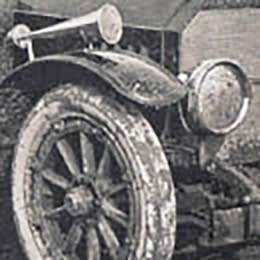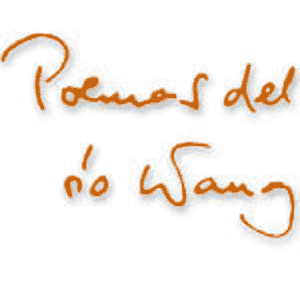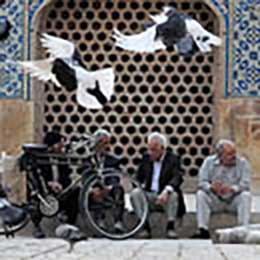
“The glittering, bustling, roaring Luna Park extended under them. The music, the noise and the shouting flied up to them at once, all it bombed together their ears. And above the many lights airplanes hanging from a high column were silently revolving in an already more obscure layer of the air which thus seemed more poetical.”
Raymond Queneau: Pierrot mon ami, 1942

“The opening of the huge fair extending as long as the Porte Maillot on 29 May 1909 attracted several thousands of spectators. Those curious of the American wonders could try for the first time the vertical Niagara Fall or the Grand Canyon panoramic railway, long before Gainsbourg and Elsa Triolet.”
Mikaël Hirsch: Omicron, 2007

The Luna Park of Paris was opened a hundred and one years ago for the large public. These photos were taken a hundred years ago, in 1910. They were first published two years ago on a Russian blog, and then I put them aside for the centenary. However, by the time the anniversary arrived, the blog closed down. Therefore now I publish the complete series again.

The fashion of the Luna Parks came from America. The first one was opened in 1903 on Coney Island. Its great attraction was the “airspace” called “Luna Travel” or “Traveling to the Moon” which gave name to the whole amusement park. Beginning with 1905 the Ingersoll company established a world wide network of Luna Parks, called “English Parks” in several places of Europe after their place of origin. But the original name “Luna Park” has also been kept and converted itself to the common equivalent of “amusement park” in several languages.

 The Luna Park of Paris stood at the Maillot Gate. Its main attractions included the Niagara Falls, the so-called Russian (or American) mountains, the diabolic wheel, the Enchanted Palace. They were all faithfully copied also in the World Expo of Roubaix in 1911 whose photo documentation was left to us. In 1914 a great dance hall opened here as well under the direction of Duque from Brasil. Duque, a dentist had come to Paris as a traveling agent of medicine, but there he discovered that exotic dances were selling much better. This is how he started to teach “the true Brasilian tango” or „maxixe” which became the most popular dance of pre-war Paris.
The Luna Park of Paris stood at the Maillot Gate. Its main attractions included the Niagara Falls, the so-called Russian (or American) mountains, the diabolic wheel, the Enchanted Palace. They were all faithfully copied also in the World Expo of Roubaix in 1911 whose photo documentation was left to us. In 1914 a great dance hall opened here as well under the direction of Duque from Brasil. Duque, a dentist had come to Paris as a traveling agent of medicine, but there he discovered that exotic dances were selling much better. This is how he started to teach “the true Brasilian tango” or „maxixe” which became the most popular dance of pre-war Paris.

“I will not go into details as to the trade, but there are days when we sell a hundred thousand entrance tickets. Twenty attractions keep drawing the visitors, and then I do not even mention the lotteries, the games of manual skills, the shooting galleries which are mainly situated there, between the Alpine Coaster and the Dance Palace, you see, there next to the crossing of Chaillot Avenue and Drop Street. But the main entrance is here, in front of us, at the corner of the External boulevard and Chaillot Avenue.”
Raymond Queneau: Pierrot mon ami, 1942

As a result of the war and of the Great Depression, the traffic of the Luna Park has remarkably decreased. In 1931 they exhibited, as a last great sensation, a hundred living penguins as well as a complete embalmed whale, for the first time in the history of European amusement parks. Although this spectacle could not save the Luna Park, it has created a myth in European literature which has been obstinately embodied again and again from Eduardo Mendoza’s La ballena to László Krasznahorkai’s and then Béla Tarr’s The melancholy of resistance.

The park, after being for thirty years an indispensable spot of Paris, closed its gates in 1937. For ten years it stood empty, almost as its own ghost, inspiring such nostalgic works as Raymond Queneau’s Pierrot mon ami or Maigret’s first post-war novel, Maigret in retirement whose plot takes place in this district and involves some employees of the Luna Park. Finally in 1948 it was pulled down. Today the Palais des Congrès stands on its place.

Small carousel:



Balloon sellers:



Big wheel and airship:


American tower:


Russian swan boats:

Children’s railway:

Shooting gallery:

Little girl with the piggy bank won at shooting:

Seller of paper windmills:

Seller of paper flowers:

Puppet show:

Street scales:

Moving movie ads:

Show in the open-air theatre:





The employees of the Luna Park cooking lunch:

| Luna-Park est ma réserve de gaieté A tous les stands je suis salué Des patrons et des habitués Garçons et filles C' est ma famille Partout ailleurs je n' suis rien A Luna Park je suis quelqu' un Vive Luna Park et vive la joie. | My share of joy is in the Luna Park where I am greeted at every stand by the staff and the visitors the boys and the girls this is my family anywhere else I am nobody only in the Luna Park I am somebody: long live the Luna Park and long live joy. |


























































































Add comment